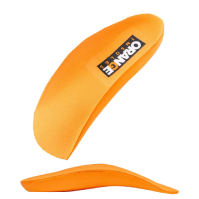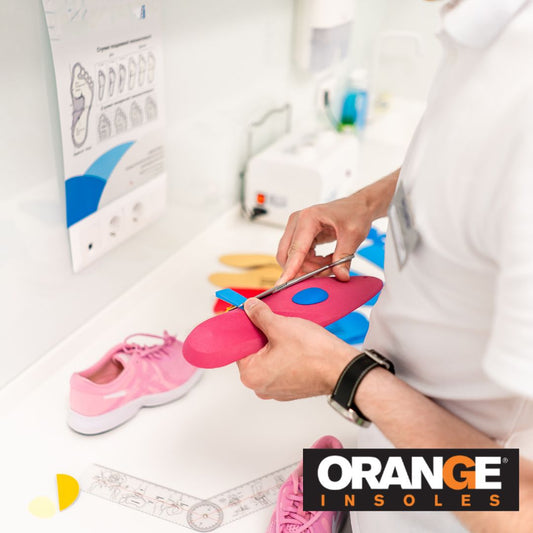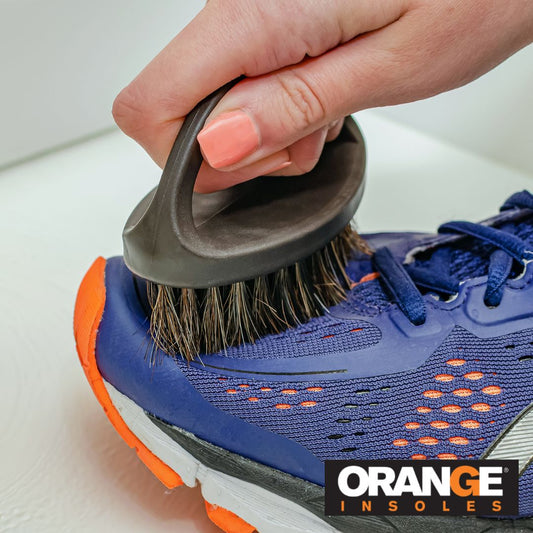Picture this, you’re finally at your snowy holiday destination! You’ve been planning this for some time and you are sure you have everything ready! Winter wear, check! Ski equipment, check! Ski boots, check! For something this exhilarating, you made sure all the right preparations were done.
After gearing up for your first day of skiing, you head out! But after a few minutes of skiing you start to feel something; the ski boots you just bought don't feel right… It feels stiff! But didn't it feel right when you tried it on before buying it? Why does it feel stiff?
What Does Stiffness in Ski Boots Mean?
When discussing ski boots, "stiffness" refers to their flex index—a measure of how much the boot resists bending forward. Ski boots range from soft to stiff, with flex ratings typically between 50 (soft) to 130+ (extremely stiff).
Soft boots are often preferred by beginners for their forgiving nature, while stiff boots are favored by advanced skiers who demand precision and control. But even for experienced skiers, overly stiff boots can lead to discomfort, compromised balance, and even long-term foot or leg injuries.
Signs Your Ski Boots Might Be Too Stiff
- Pain or Pressure Points If you feel sharp pain or pressure around your foot, shin, or ankle, your boots might be too stiff. The rigid material doesn't allow your foot to move naturally, leading to discomfort.
- Difficulty Flexing Your Ankles Skiing requires dynamic movement, including the ability to bend your ankles for control and shock absorption. If your boots resist this movement, you’ll struggle to achieve proper form.
- Fatigue or Soreness Overly stiff boots can cause muscle fatigue because your legs must work harder to initiate turns or maintain control. This often results in soreness after just a few runs.
- Poor Performance on the Slopes Stiff boots can impair your ability to make precise movements, especially in tricky terrain or during sharp turns. This might cause delays in your reactions and reduce overall control.
How to Determine the Right Flex for Your Ski Boots
To find the ideal stiffness, consider these factors:
-
Your Skill Level
Beginners benefit from softer boots that allow flexibility, while advanced skiers might need stiffer boots for greater precision. Intermediate skiers should look for boots with a medium flex. -
Body Type
Heavier or more muscular skiers often require stiffer boots to support their weight and strength, whereas lighter skiers might find softer boots more comfortable. -
Skiing Style and Terrain
Aggressive skiers or those who enjoy steep, icy runs may prefer stiffer boots for quick turns and stability. On the other hand, freestyle or park skiers typically opt for softer boots to accommodate dynamic movements. -
Custom Fitting
A professional boot fitting is highly recommended. Experts can assess your foot’s structure, arch support needs, and gait to suggest the best flex rating and insoles.
The Benefits of Adding Insoles to Ski Boots
No matter the stiffness of your ski boots, adding insoles can drastically improve both comfort and performance. Insoles like Orange Insoles provide arch support and ensure proper alignment, which can reduce foot fatigue and prevent injuries.
Here’s how insoles help:
- Arch Support: Boots often lack adequate arch support, leading to overpronation or supination. A well-designed insole corrects these issues. Learn more about arch support on the slopes.
- Pressure Distribution: By evenly spreading weight, insoles reduce pressure points and increase comfort.
- Improved Stability: With a deep heel cup, insoles stabilize your foot, preventing excessive movement within the boot.
- Enhanced Warmth and Blood Flow: By easing pressure on specific areas, insoles can improve circulation, keeping your feet warm even in frigid temperatures.
The Role of Proper Alignment in Ski Boots
Proper alignment in ski boots isn't just about comfort; it’s about safety and performance. Misaligned boots can cause overpronation or supination of the foot, leading to a chain reaction of misalignment in the knees, hips, and even the lower back.
Adding high-quality insoles can address this issue. Insoles provide the necessary support to keep your feet in their natural position, ensuring that pressure is evenly distributed and alignment is maintained. Check out this guide on how to choose ski boots for comfort, control, and injury prevention to understand the importance of alignment.

How to Adjust or Upgrade Your Ski Boots
If you suspect your ski boots are too stiff, you don’t necessarily need to buy a new pair. Here are a few ways to adjust or upgrade them:
-
Replace the Insoles
Factory insoles in ski boots often provide minimal support. Swapping them out for a premium insole like Orange Insoles can transform the feel of your boots. -
Shell Adjustments
Visit a ski shop for professional modifications. Heat-molding or stretching the boot shell can make it more forgiving without sacrificing control. -
Cuff Alignment
Improper cuff alignment can exacerbate stiffness. Ski technicians can fine-tune this setting to better match your leg shape. -
Flex Modifications
Some boots allow flex adjustments via removable components or screw settings. Consult your boot manual or ask a professional for help.
Comfort and Control Are Key
While stiff ski boots offer benefits like precision and power transfer, they’re not for everyone. If your boots are too stiff, they can hinder your performance and lead to discomfort or injury. By understanding flex ratings, assessing your needs, and using tools like insoles, you can achieve the perfect balance of comfort and control.
Make your next ski trip more enjoyable by ensuring your boots fit and function as they should. For additional support and alignment, explore the range of Orange Insoles and take your skiing experience to the next level.
























































